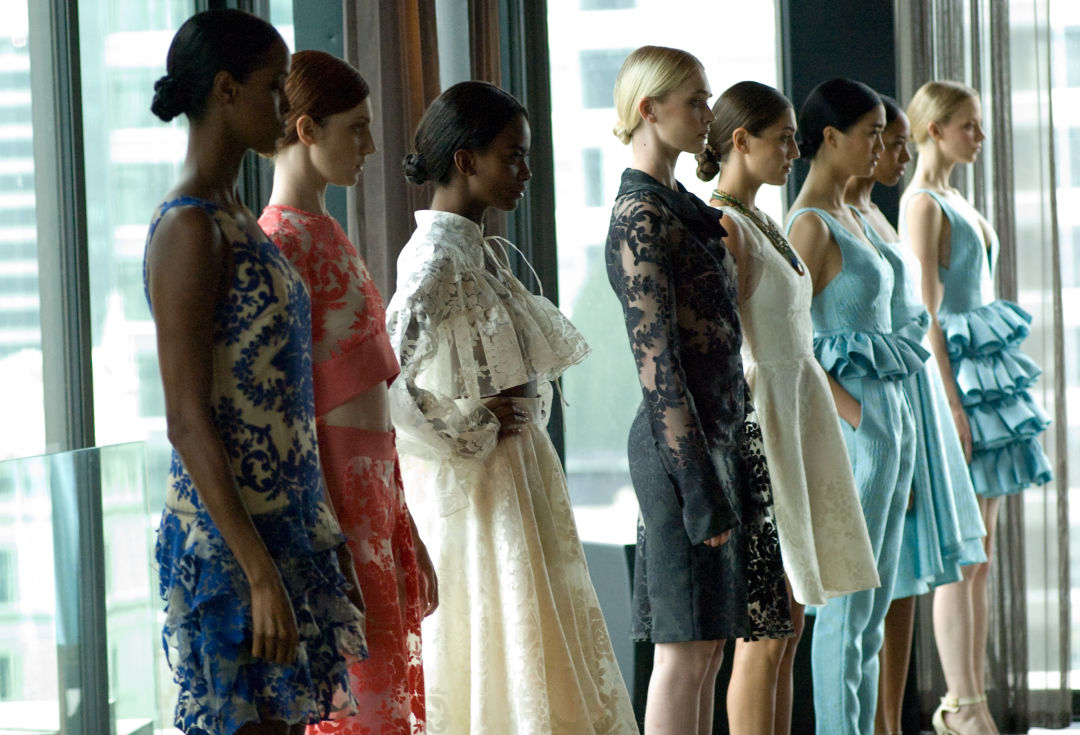The Biggest Fashion Week Trend? No Waiting

Change is the lifeblood of the fashion industry, but it's not just the pieces on the runways that are new this season. With New York Fashion Week coming to a close, the traditional commercial structure of fashion shows has been completely reimagined by many designers who are embracing a see now/buy now model. Instead of waiting four to six months to purchase fashions from the new Spring/Summer 2017 collections, shoppers are now able to buy what they like online and in-stores the same day they hit the catwalk.
Burberry and Tommy Hilfiger both announced earlier this year that members of the general public could purchase the Spring/Summer 2017 collections immediately following the show, followed by Rebecca Minkoff, Michael Kors and Proenza Schouler. "The closer we can get to our goods being on the consumer from the time she sees them on the runway is ... what we want,” Minkoff told Bloomberg. The clothing and accessories designer staged her Spring/Summer runway show outside her New York boutique, immediately followed by a meet-and-greet in-store where most of the pieces shown were available for purchase.
Brands big and small are finding different ways to capitalize on Fashion Week events. Tom Ford postponed his February show to September, hosting a dinner party at New York’s recently shuttered Four Seasons restaurant in which models walked a runway wearing in-season fall pieces that are now and have been on sale since NYFW kicked off last Thursday. Thakoon's Brooklyn show on Monday included an encouraging hashtag (#shopitrightnow), while Tommy Hilfiger turned his carnival-on-a-pier runway show into an all-day shopping event. Others are starting small: The limited edition handbags carried by models in the Hugo Boss runway presentation are already on sale.
Even mass market retailers are getting in on the same-day-shopping game. Select pieces from Banana Republic's Spring 2017 collection are already available online and in the brand's Flatiron boutique, while Club Monaco presented the brand's first on-season showing at Grand Central Station, with pieces immediately available in select stores.
Before the rise of social media, the attendees of fashion shows were predominantly magazine editors and buyers, who needed advance access to runway samples to plan future issues and make wholesale purchases before the actual collections would be put into production. Now that Fashion Week is a major attention getter beyond the fashion industry—just look at all the celebs who flock to sit front row—designers are rethinking what Fashion Week should mean for their brand.
The unifying idea is for fashion houses to monetize their moment in the Fashion Week spotlight as millions of photos and clips flood social media platforms such as Instagram, Snapchat, Vine and Periscope. The focus is now on the fashion-loving consumer instead of just industry insiders. Instead of a lineup of shows at Lincoln Center, presentations are being produced as one-of-a-kind marketing events, taking place in unexpected venues across the major fashion cities, and even online. Bahrain-born, British-bred designer Misha Nonoo opted out of last season’s runways, staging an “Insta-show” on Instagram instead and she’s doing the same this season, selling the wares simultaneously via her website.
You know real change is afoot when even Ralph Lauren is making moves. Instead of presenting his collection on the final morning of New York Fashion Week, he opted for an evening show on Wednesday in his flagship store on Madison Avenue, where a giant glass showspace was built on the sidewalk. The New York Times fashion critic Vanessa Friedman shared a photo on Twitter of one dress seen on the catwalk and available for purchase seconds later. Lauren calls it "runway reinvented."




